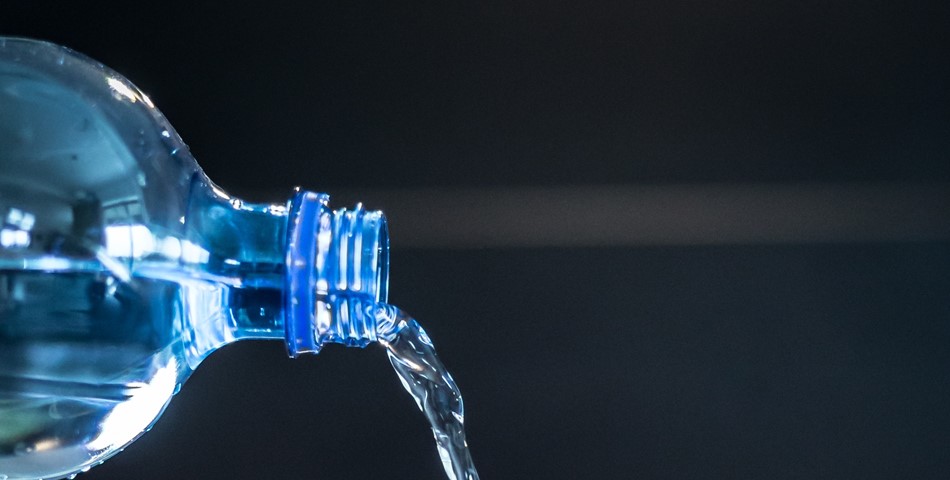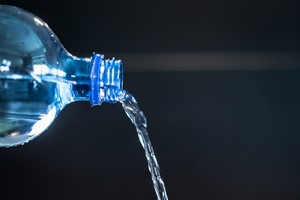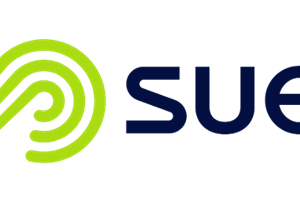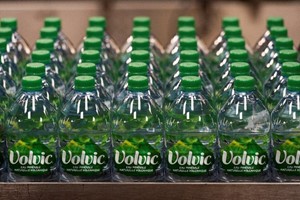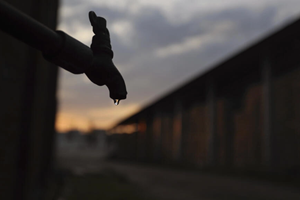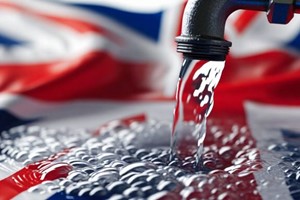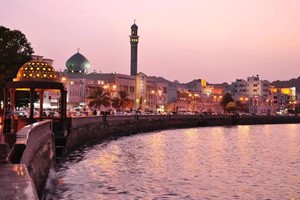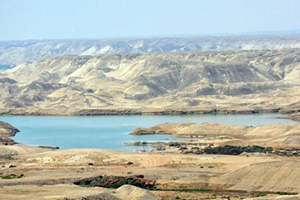The global bottled water market size is expected to reach USD215.12 billion by 2025, according to a new report by Grand View Research, Inc. The market is estimated to register a CAGR of 7.4 percent during the forecast period as the scope, product types, and its applications are increasing across the globe. Rising demand for flavored and vitamin rich water, increasing health consciousness among consumers, increase in per capita spending and rapid urbanization are some of the factors that are likely to push the demand for bottled water. On the other hand, strict government regulations, and environmental impact of plastic bottles may hold back the growth of the market.
In France, natural mineral water represents half of total volume sales of the bottled water market, and is very crowded with growth fairly distributed between players. Bottled water is intuitively considered by consumers as a natural drink which is good for the health. The market is significant and is estimated at USD1.1 billion as reported in LSA-Conso. Bottled water, although considerably more expensive than tap water, still benefits from an image of quality and safety. According to Agro media, it is estimated that 175 bottles are sold every second in France.
The revenue in the Bottled Water segment amounts to USD 3.739 bn in 2019 and the market is expected to grow annually by 3.4 percent (CAGR 2019-2021) according to Statista. In global comparison, most revenue is generated in China (USD 48.656 bn in 2019). In relation to total population figures, revenues of USD55.13 per person are expected to be generated in 2019 putting the average per capita consumption at 76.4L.


Market leaders such as Danone, Nestlé Waters and Roxane (Cristaline brand, a market leader) have concentrated the sector dominating large market shares. With 39 spring water brands and 80 mineral water brands in France, the other market players are trying to distinguish themselves by the quality of the water produced. Volume sales of still bottled water are dominated by Cristaline, mainly thanks to its best-selling 1.5l spring water which has a lower unit price but higher market share.
Other than intra-industry competition, ecological lobbies continue to amp the competition for bottled water by pushing tap water as the more environmental friendly option. Therefore, it is necessary to generate volume with a breakeven point for a source estimated at around 100 million bottles per year in order to achieve profitability in this market.
Crabonated bottled water in the French market, on the other hand, was not considered a staple to the same extent as still bottled water and the variables impacting sales are similar to leisure drinks, with the specific influence of the weather. Sparkling bottled water witnessed a share of 8.0 percent in 2016 and is expected to grow significantly in the years ahead mainly due to increasing demand for alternatives for carbonated beverages. Some premium brands like Perrier are finding a wider audience as demand grows.
In terms of flavored water, Volvic can boast that it was present before it was trendy, and had the time to secure an impressive volume share by 2017. However, few expected that such a strongly growing category would remain so exposed.
waterHQ Team



